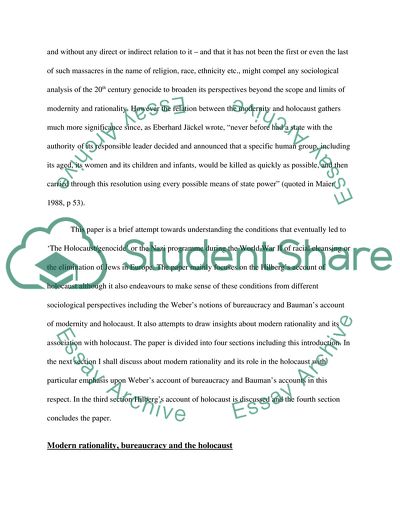Cite this document
(“Attempt to Understand the Conditions that Eventually Led to the Research Paper”, n.d.)
Attempt to Understand the Conditions that Eventually Led to the Research Paper. Retrieved from https://studentshare.org/history/1567046-modernity-essay
Attempt to Understand the Conditions that Eventually Led to the Research Paper. Retrieved from https://studentshare.org/history/1567046-modernity-essay
(Attempt to Understand the Conditions That Eventually Led to the Research Paper)
Attempt to Understand the Conditions That Eventually Led to the Research Paper. https://studentshare.org/history/1567046-modernity-essay.
Attempt to Understand the Conditions That Eventually Led to the Research Paper. https://studentshare.org/history/1567046-modernity-essay.
“Attempt to Understand the Conditions That Eventually Led to the Research Paper”, n.d. https://studentshare.org/history/1567046-modernity-essay.


